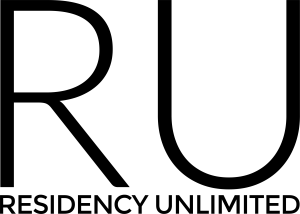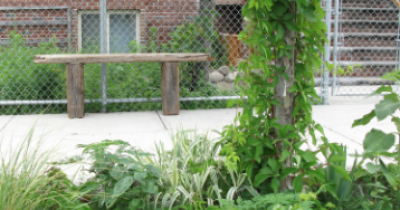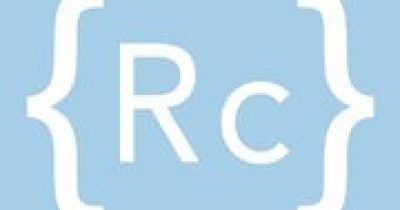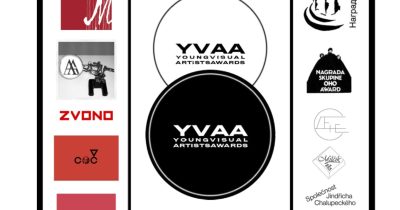April 21 – June 24, 2017
Wasserman Projects
3434 Russell Street, #502
Detroit, Michigan 48207
Exhibition of New Works by Cuban-Born Artists Alejandro Campins and José Yaque Explore the Significance of Detroit’s Built Landscape To the Past and Future of the City
Detroit—April 3, 2017—In the upcoming exhibition City of Queen Anne’s Lace, opening at Detroit’s Wasserman Projects, Cuban artists Alejandro Campins and José Yaque capture the energy of Detroit’s bustling metropolitan past and the aura of the city’s hopeful future. Curated by Rafael DiazCasas, an art historian and independent curator based in New York City, the exhibition will feature new paintings by Campins and an installation and drawings by Yaque—all of which were created especially for the exhibition and speak to Detroit’s ongoing resurgence. City of Queen Anne’s Lace is being presented in partnership with Cuban Artists Fund, Galleria Continua, and Sean Kelly Gallery, and will be on view at Wasserman Projects from April 21 through June 24, 2017.
The exhibition is the culmination of a dialogue that first began in early 2015 when Wasserman Projects’ founder Gary Wasserman saw Campins work during a visit to Havana, and connected with the artist at his studio through their mutual colleague, DiazCasas. Their conversation on the parallels between Detroit’s rise and fall as a major industrial and cultural hub and the impact of political upheaval during the same period on Cuba’s own growth and development inspired Campins to travel to Detroit for the first time, and to later engage Yaque with the city. Both artists’ time spent exploring the city’s built environment— from major architectural landmarks to long abandoned residential streets—led to the creation of two distinct bodies of work about Detroit that build on each artist’s dynamic practice and approach. Together, the featured works underscore the ways in which physical structures are uniquely positioned as both markers of collective memory and sources for future opportunity and innovation.
Campins’ highly atmospheric landscape paintings, created through a combined use of oils, watercolors, and pencil, capture the impermanence of our surroundings. Abandoned spaces and architectural remnants serve as launching points for Campins’ deeper explorations of transience. Detroit offers a particularly fertile ground for such an examination, as its man-made landscape encapsulates visually the changes of time, from the city’s most productive era, to its decline, and then to its renewed creative spirit and commitment to rebuilding. For the exhibition, Campins will present a selection of paintings that depict a diversity of locales throughout Detroit, which he painted from photographs taken during his time there. In his canvases, Campins creates an otherworldly space between the open-endedness of what is to come and the reality of what has already occurred. Although haunting in the way they elicit a sense of silence, for Campins the paintings are ultimately hopeful, as the narrative of these places is not yet complete.
Yaque’s diverse practice, which includes drawing, video, and installation, is connected by a deep interest and engagement with ideas of transformation. His work often incorporates recycled materials and relates to the individual’s relationships to both the made and natural worlds. For the upcoming exhibition at Wasserman Projects, Yaque will construct a large-scale installation onsite in the gallery, using recycled material sourced from throughout Detroit. Inspired by the study of earth’s interior, the work visually and conceptually references the layering and archiving of experience and the changes that naturally develop through time. He will additionally present a series of charcoal drawings that depict Detroit’s architectural landscape. In these drawings, Yaque combines precise sketching of recognizable landmarks with a smudging technique that connotes the retained energy of these places, even as they have fallen out of use or their purposes have changed.
“Campins and Yaque’s work speaks so poetically to the experience of Detroit today, where the energy of the past remains present and active in the dialogue to what the city will yet evolve. There is equally here an intimate awareness of what led to the city’s decline, and a deep commitment to leveraging the city’s cultural history and innovative spirit to create something new,” said Wasserman. “And this exhibition is very much about capturing that sensation—the feeling of a city rooted in its past but on the cusp of a new moment. It is particularly interesting to engage with this idea through the eyes of two Cuban artists, who have experienced in their own country a similar kind of evolution and to draw out those connections that are at once so disparate and alike.”
The title of the exhibition is an extension of the overarching vision for the featured work. Queen Anne’s lace, also known as Wild Carrot, is a flowering plant that grows throughout Detroit. It is frequently seen overtaking the lots of abandoned structures, and is often associated with the crumbling infrastructure of the city. It is lesser known that the plant also has substantial nutritional and healing properties. As the artists, and DiazCasas, continued to encounter it during their visit, they found it to be increasingly beautiful—a symbol of change and of natural rebalancing. This feeling became the cornerstone of the work they created for the exhibition and the experience they want to convey to audiences.
ABOUT WASSERMAN PROJECTS Wasserman Projects was conceived by Michigan-native Gary Wasserman, and opened its doors in a former firehouse in Detroit’s historic Eastern Market, one of the oldest and largest year-round markets in the U.S., in fall 2015. Wasserman Projects is guided by a spirit of collaboration, recognizing that artist projects are best realized and most meaningful when they engage a broad range of cultural organizers, community leaders, and the dynamic and diverse populations of Detroit. The organization works with artists from across disciplines and around the world, presenting exhibitions and performances that will spark a discourse on art, but also cultural, social, or political issues, which are particularly active and timely in Detroit. Wasserman Projects is nimble in its approach, operating in part as a for-profit gallery as well as a presentation space, and helps artists bring to fruition new projects that may not otherwise be possible.
For further information, please contact: Alina E. Sumajin PAVE Communications & Consulting Co-founder and Principal alina@paveconsult.com / 646-369-2050



